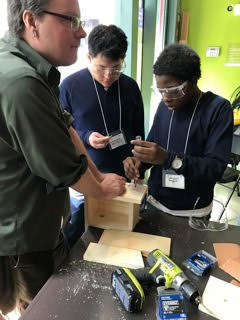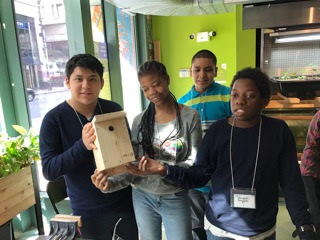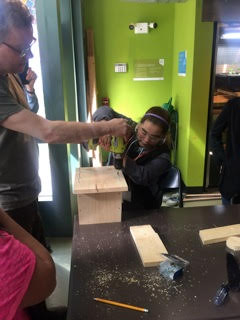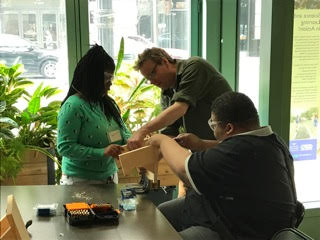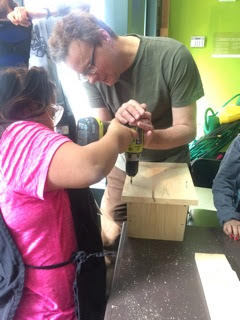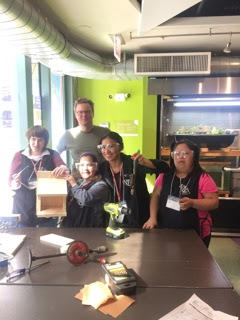NS: Yeah, I like the . . . I don’t know. I’ve talked to you a couple times sort of like about the flaws or fault lines and using them as an enhancement—or enhancing them so that they become the identity of each thing.
SL: Totally.
NS: It seems to me, like the purpose of doing it yourself . . . if it were just flawless—you could do that, but why would you do that?
SL: Right, yeah. I think it is fun to explore this like, this-isn’t-perfect, or that there’s something that catches your eye about this that visually you’re like–That’s not right! But then you’re like–Oh, but I like it! Because I have a job were people make things that aren’t real, like content, you know. . .
NS: You work. . . .
SL: I work at a radio station, yeah. So, there’s a lot of planning that goes into something that may or may not be what you intended or be any good. [Laughs] And flaws on the radio are bad. We’re not supposed to have dead air, or you know, when there’s a mistake, then I have to go investigate what broke down and why. And there are certain things like, someone with a gravelly voice or an interesting voice—that plays well on the radio.
NS: You’re not auto-tuning them or anything. . . .
SL: Right, but those are things where it’s like, we don’t want everyone to sound the same, or we don’t ever want to sound like a stereotypical perfect voice, but there are mistakes that are not good. [Laughter] And then, that’s a bummer. So this is a kind of . . . working with reclaimed materials, or just in general learning woodworking is humbling because you’re going to mess some stuff up, and you’re going to make some mistakes, and so—then what do you do with that? For me, it’s never been like—Ah! Dealbreaker! It’s like—well, how do we work with that? Or what’s the next move?
NS: I have no idea how many things you’ve constructed in . . . how long have you been woodworking?
SL: Well, this is my . . . I started at CIADC in December, or maybe Thanksgiving. I don’t know—let’s say November. But before that, I’ve been building furniture and stuff for a couple years. Probably like, three or four years, but none of it super well, but it got the job done I guess.
NS: Okay, yeah. So I was just wondering, is there something, is there a project you’ve done, or a kind of project that is an ideal of yours, or have you done things that are way out of your comfort zone? Or where that might be, I guess?
SL: Since I started being involved here, this is the first time where I’ve been like, I want to devote time to developing skills, and also exploring ideas visually and physically. Before, the first piece of furniture I made out of nothing was a set of two benches when I was hosting Christmas dinner and didn’t have enough seating. Necessity as the mother of invention kind of thing. And they did the job and they were perfectly fine, but they weren’t—they were more utilitarian than they were anything else. And they were still pretty good looking, they were reclaimed two by twelves. Before coming here, it was like, I need a thing, how do I make that thing to do the job and not a lot of focusing on designing, you know, for a certain aesthetic or with a goal, or any aesthetic.


